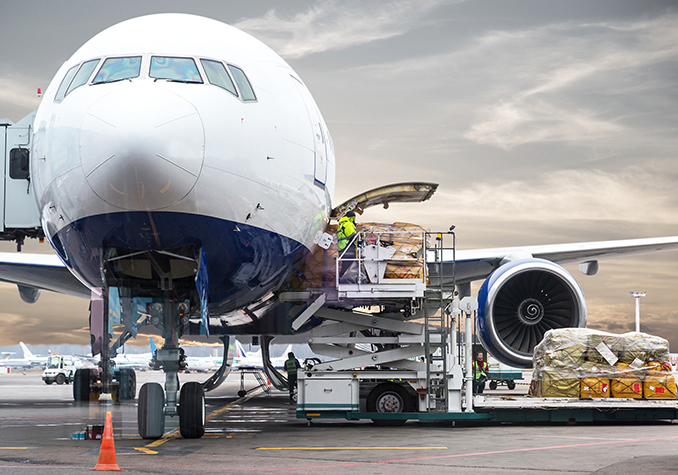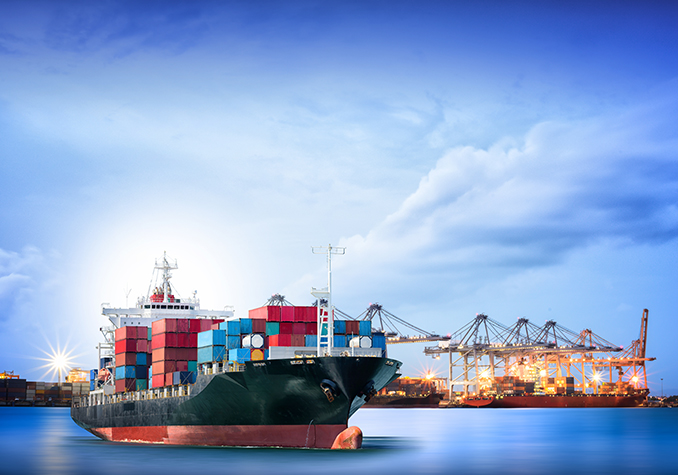Air vs Sea Freight Choices for Cargo Shipping to Pakistan
When contemplating the movement of goods to Pakistan, one must weigh the respective merits of air and sea transport. Air cargo to Pakistan offers an expedited transit time, a factor of utmost importance for time-sensitive consignments. It’s a solution that, despite its cost, is unparalleled in speed, providing businesses with a swift method of transportation. On the other hand, sea cargo to Pakistan embodies efficiency in terms of capacity and cost, particularly for bulk shipments. This traditional method of transport, while slower, stands as a bastion for those seeking economical and large-scale shipping solutions.
The choice between air and sea freight is dictated by a blend of factors, including the nature of the goods, urgency, cost considerations, and the final destination within Pakistan. The intricate dance of trade-offs between these factors must be mastered to ensure the chosen mode aligns with the shipper’s priorities. The ensuing discourse aims to dissect these options, presenting a nuanced view of the pros and cons, thus enabling informed decision-making for businesses and individuals looking to transport goods to Pakistan.
Air Cargo to Pakistan

Employing air cargo for shipments bound for Pakistan equates to a fusion of celerity and dependability. The advantage primarily resides in the expeditiousness of the delivery process, a quality that proves especially pivotal when dealing with perishable commodities or those in high demand. The streamlined customs clearance procedures inherent to air freight further bolster its expedition capabilities, ensuring that merchandise promptly finds its way to its intended destination. Nevertheless, this rapidity comes at a premium, rendering air cargo to Pakistan a relatively more expensive alternative when juxtaposed with its maritime counterpart. Its economic feasibility is frequently reserved for items of considerable value or those necessitating expeditious delivery to meet stringent deadlines.
The frequency of flights associated with air freight also affords remarkable flexibility, empowering shippers to dispatch goods on short notice. Despite the escalated cost, this mode of transportation maintains a reduced insurance premium due to the abbreviated transit time and diminished risk of damage or theft. Nevertheless, it is imperative to take into consideration the weight and volume constraints inherent to air cargo bound for Pakistan. These limitations mandate meticulous planning, particularly for larger shipments, to ascertain the cost-effectiveness of this transportation method.
Sea Cargo to Pakistan

Sea cargo destined for Pakistan stands as a cornerstone of international trade, particularly for sizable consignments. Its ability to accommodate vast quantities at a fraction of the cost of air freight renders it an alluring proposition for numerous businesses. The economies of scale attainable through sea transport facilitate substantial cost savings, especially for shipments that lack urgency. Moreover, the ecological footprint of sea cargo is conspicuously smaller compared to that of air freight, rendering it a more sustainable choice in the long run.
Despite its economic merits, sea cargo bound for Pakistan is characterized by extended transit times. This deliberate pace could act as a deterrent for businesses operating within stringent timelines or dealing with perishable goods. Additionally, the intricacies of sea freight logistics, including reliance on shipping schedules and the potential for delays arising from weather conditions or port congestion, necessitate thorough planning and the implementation of contingency strategies. For those possessing the luxury of time flexibility, sea cargo remains a robust option, offering both capacity and cost efficiency.
Opting for the Right Mode of Freight: Striking a Delicate Balance
The nature of the commodities assumes paramount importance when choosing between air and sea freight. Air cargo is frequently reserved for high-value, delicate, or perishable items that demand a swift and meticulous delivery to Pakistan. The controlled environment aboard an aircraft guarantees the integrity of sensitive products. Conversely, bulky, heavy, or hazardous materials are typically suited to sea transport. Ships are equipped to handle diverse cargo types, offering versatility and the necessary precautions for secure transit.
1- Urgency
Time is of the essence in logistics, and urgency can dictate the choice of freight mode. When speed is critical, air cargo to Pakistan emerges as the clear winner, delivering goods in a matter of days compared to weeks by sea. For businesses facing tight deadlines or the need for rapid restocking, the premium paid for air freight is often justified by the time saved.
2- Budget
Cost considerations can often override other factors in the decision-making process. Air freight, while efficient, comes with a higher price tag, limiting its use to goods where value outweighs the cost of transportation. For larger and less time-sensitive shipments, sea cargo to Pakistan proves to be a cost-effective solution. With careful planning and scheduling, sea freight can provide substantial savings, particularly for businesses looking to optimise their supply chain expenditures.
3- Destination
The ultimate destination within Pakistan also assumes a pivotal role in the determination of the chosen mode of transportation. Airports may find themselves in closer proximity to the ultimate point of delivery, potentially curtailing land transportation expenses and the overall transit duration. In contrast, the utilization of sea cargo to reach Pakistan may impose the need for supplementary inland transportation from the port to the final destination, potentially contributing to both the cost and duration of the shipping process.
Finally
Choosing the right method for shipping cargo to Pakistan isn’t a decision to make on a whim. It’s a strategic call that requires careful consideration of what you’re shipping, how fast you need it to get there, how much you’re willing to spend, and where exactly it needs to end up. If you’re dealing with goods that need to get there quickly or are quite valuable, air freight is your go-to despite the higher cost—it’s all about speed and taking good care of your cargo. On the flip side, if you’re not in a rush and your shipment is large and heavy, sea freight is your best bet for saving money. Shippers need to think about these factors thoroughly to make sure their shipping method matches their business needs and goals. Making a well-informed choice between sending your goods through the air or across the sea to Pakistan is key to a smooth and cost-effective shipping process.













